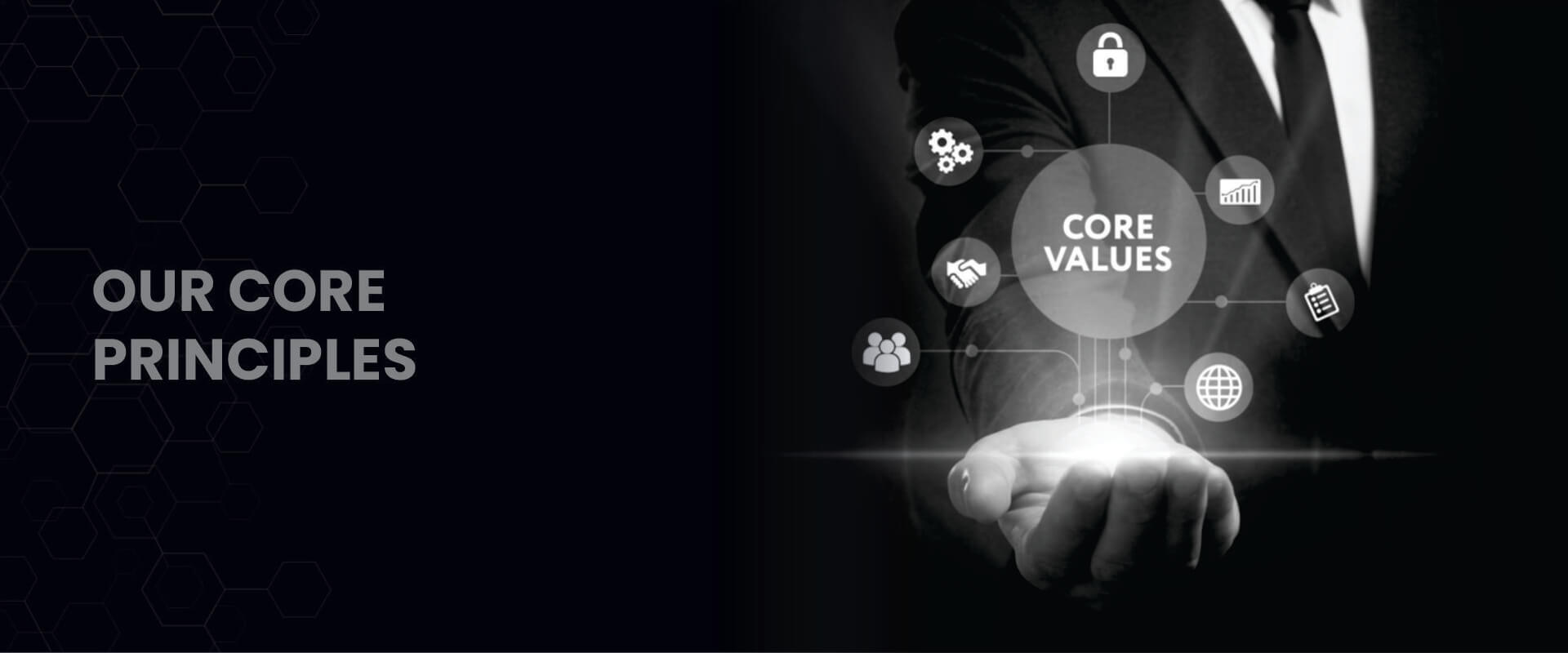
Title: Embodying Presence: Delving Into the Essence of Somatic Yoga
Have you ever taken a moment to truly feel the rhythm of your breath, the gentle pulsing of your heart, or the grounding sensation of your feet connecting with the earth? In a fast-paced world full of distractions and disconnection, the idea of genuinely occupying your body—of being wholly present with yourself in every moment—might seem foreign or even out of reach. However, this intrinsic quality of embodied presence lies at the core of Somatic Yoga, a practice that opens doors to deeper awareness, healing, and connection.
What Does It Mean to Occupy Your Body?
To occupy your body signifies being conscious of and attuned to the internal landscape of your physical and emotional self. It’s more than merely residing within your skin; it’s about actively experiencing yourself from within: noticing the movement of your spine with each breath, observing the tension in your shoulders during moments of stress, or simply centering your attention in stillness.
Many individuals find themselves disconnected from their bodies for a significant portion of their lives. We tend to intellectualize our existence, favor thoughts over feelings, and view the body merely as a tool for productivity rather than a wellspring of wisdom and presence. Somatic Yoga aims to transform that perspective.
Understanding Somatic Yoga
Somatic Yoga represents a gentle, therapeutic approach to movement that combines traditional yoga postures with concepts from somatics—a discipline that stresses internal physical perception and experience. “Soma,” meaning “the living body” in Greek, invites practitioners to move with mindfulness, paying attention to their body’s signals instead of ignoring them.
In contrast to more performative or fitness-oriented types of yoga, Somatic Yoga emphasizes inner awareness over outer appearance. Movements are commonly slow, flowing, and initiated from a place of sensing rather than mere action. Practices may involve floor-based sequences, conscious breathing, body scanning, and guided neuromuscular re-patterning—all designed to restore equilibrium and help the nervous system to settle.
The Core Elements of Somatic Yoga
1. Mindfulness: Every movement commences with awareness. By concentrating on breath and physical sensations, practitioners cultivate a capacity to respond rather than react. This presence fosters a profound sense of compassion and curiosity.
2. Gentle Movement: Somatic Yoga practices are characteristically slow, highlighting quality over quantity. This gentleness eases the nervous system and promotes the release of chronic tension.
3. Sensory Awareness: Instead of forcing the body into specific positions, Somatic Yoga promotes exploration. Which muscles are engaged? Is there ease or tension? What emotions arise? This internal conversation builds trust and understanding with your body.
4. Breath Integration: Breath acts as a connection between the conscious and subconscious mind. In Somatic Yoga, purposeful breathing anchors awareness and restores balance to bodily systems.
5. Self-Healing: By realigning the connection between mind, body, and spirit, Somatic Yoga fosters environments for healing—whether addressing physical pain, emotional trauma, or stress-related conditions. Numerous practitioners report enhanced posture, diminished anxiety, and a stronger sense of balance.
Benefits of Somatic Yoga
Even if Somatic Yoga isn’t your primary modality, weaving its principles into your life can lead to significant benefits:
– Alleviated muscular tension and chronic pain
– Enhanced posture and movement efficacy
– Greater emotional regulation and resilience
– Support for the regulation of the nervous system (ideal for trauma recovery)
– Increased body awareness and self-compassion
Tools to Integrate Somatic Awareness Into Any Practice
Regardless of whether you’re an athlete, meditator, dancer, or vinyasa yoga practitioner, simple somatic techniques can deepen your embodiment:
– Initiate each practice with a body scan.
– Move slowly, paying attention to the transitions as much as the poses.
– Utilize micro-movements to locate hidden tension.
– Frequently pause and reflect: “What am I sensing in my body?”
– Embrace non-judgmental observation instead of correction.
In Conclusion
To genuinely occupy your body is to reclaim presence, intimacy, and wholeness. Somatic Yoga encourages you to slow down, feel profoundly, and listen intently. Through this process, you might discover layers of yourself that have been longing to be acknowledged.
There’s no requirement to make Somatic Yoga your main practice, but by incorporating its essence into your everyday life—by tuning into your breath while you walk, relaxing your jaw as you read, or feeling the ground’s texture beneath your feet—you embark on the journey back home, into your body, into the present moment.
Ultimately, your body is not merely a space you inhabit—it embodies who you are, and it is ready for your return.